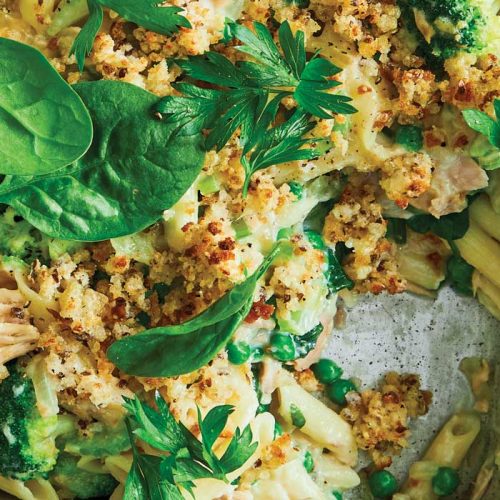
For optimal nutrition when you have grains – go WHOLE!
What are grains?
Grains are the edible seeds of specific grasses which are grown all over the world as a source of food. The most common grains you may be aware of are wheat, rye, oats, rice, barley and corn (maize).
When the ‘grain’ is removed from the plant from which it grows it is ‘whole’, which is where the term ‘wholegrain’ comes from. To get the best from grains nutrition-wise, and to help you look and feel your best, it is really better to have most of your grains whole rather than heavily processed and all ground up.
Whole grains
A whole grain has three parts to it, a bit like an egg really. The outside layer is the bran layer (like the egg shell), the middle part (like the white of an egg) is called the endosperm, and at the centre of the grain (much like an egg yolk) there is the germ.
If we look at the wheat grain for example, here is how it looks:

When you eat the ‘whole grain’ you are eating all three parts of the grain, and as I mentioned before, nutrition-wise this is by far the best thing for you!
The bran layer is where a lot of the fibre is. It also contains B vitamins (which you need to help your body convert food into energy) and a whole host of other vitamins, minerals and phytonutrients, which play an important role in protecting your body from cancer and other diseases.
The germ part is where you will find essential fatty acids, vitamin E as well as B vitamins, minerals and phytonutrients, too.
The endosperm is the food supply for the germ (if the seed was to be planted and grow) and is a dense source of carbohydrate and protein.
New ways to go wholegrain in your everyday eating
Here are some suggestions for quick and easy ways you can include more of the wholegrain versions of the grains I have been talking about more regularly, so you can reap the nutritional benefits and feel amazing as a result!
Oats
Oats are a great way to get into whole grains if you aren’t eating them already. They are packed with fibre, which is great for keeping things ‘flowing’ nicely through you, as well as having a positive impact on cholesterol levels. Plus they are certainly great at helping you feel full.
- Oats make a great breakfast – make them into porridge, Bircher muesli , overnight oats (see recipe here) or make your own cereal from them. There are also many types of muesli you can buy in the shops. Look for one without added sugar – the sweetness of dried fruit will be enough.
- Add a tablespoon of oats to a smoothie to thicken it up.
Brown rice
This delicious nutty rice is very versatile – it might take longer to cook than white rice, but it is well worth including it where you can.
- Eat rice for breakfast – cook it up with milk (like you would rice pudding) and sweeten with dried fruit, fresh fruit or berries. Try adding spices like cinnamon, nutmeg, mixed spice, cardamom or vanilla extract.
- Rice is perfect with a stir-fry, chili con carne or curry. Wherever you normally have white rice, try brown for a change. All you need to learn to do is start cooking it before you start preparing the food for the rest of your meal – I cook it in the microwave and it takes about 20–25 minutes. Half a cup of rice to one cup of water is the ratio that works.
- Have you tried wild rice? Black in colour and pricey, but a little can go a long way. I mix a little in with my white basmati rice to make a fabulous black and white rice mix.
Corn
Isn’t it great news that popcorn is a whole grain?! Even though corn can be classified as a vegetable, it is actually a cereal grain so we can talk about it here, too.
You can buy corn kernels ready to pop from the supermarket and they are super cheap. I bought a popcorn machine for about $40 from one of the big kitchen homeware stores when it was on special and I use it all the time.
Other ideas
Try pumpernickel – that’s wholegrain rye bread!
Quinoa, buckwheat, amaranth and millet are also fabulous to include! More about these coming up in a future blog…
www.healthyfood.com










